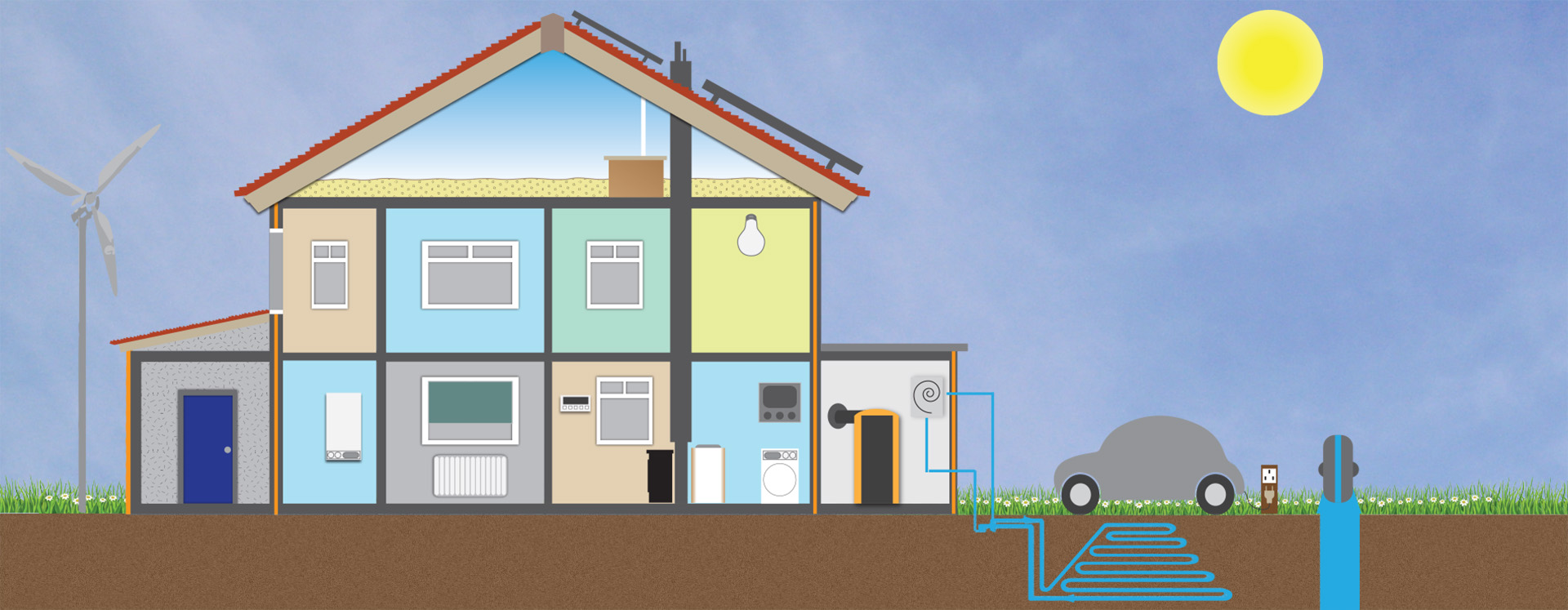What is hydro power?
Most of us are familiar with large scale hydro power – huge dams creating an artificial lake, where the water passing through the dam does so through large turbines that generate electricity. What follows concentrates on smaller scale hydro, but the basic principles are the same. Hydro schemes qualify under the government’s feed in tariff.
Micro and pico hydro power
This is the modern equivalent of the old water wheel. The term ‘micro’ refers to systems up to 50kW, and ‘pico’ to systems up to 5kW. Turbines used at this scale are usually Impulse Turbines, where the turbine is driven by a concentrated jet of water released under high pressure to drive the wheel of the turbine. These ‘turgo’ wheels usually have a series of spoon shaped blades, which are driven by the water pressure.
Gravity
A ‘head’ of water is required in order to create the necessary pressure – basically, the surface of the body of water has to be higher than the turbine wheel. The process converts the gravitational energy contained within the body of water into kinetic energy at the point of impact with the wheel.
The amount of electricity produced is dependent on the height down which the water falls (the head), and the speed the water is flowing when it reaches the turbine. In both cases, the bigger the number, the more electricity can be produced.
Siting
There are thousands of potential hydro sites in the UK – anywhere a stream passes close to a building could have potential. The advantage of these small-scale systems is that the water is always returned to the same stream, thereby having very little impact. Design and siting is a specialist activity, and all systems are bespoke. It is easy to price the kit itself (approx £4500 per kW at this scale), but there is usually a considerable amount of civil engineering work, which is site specific and can be expensive.
Output
For illustrative purposes, a continuous output of 1kW would require a head of 23m and a flow rate of 10 litres per second, assuming an average efficiency for the turbine itself. The beauty of hydro power is that it can be continuous and predictable, as long as your source of water doesn’t dry up. Thus a 1kW system could generate up to 8760kWh in a year (compared to 1000kWh for 1kW of PV).
Limitations
Obviously the need for a suitable stream with a good head and potential flow rate is important. Another limiting factors is proximity to the building – the closer the better to reduce cable runs. The seasonality of the water flow is important – often hydro systems are running less effectively in the dryer months, and if the source is overestimated, this could lead to the system not working at all for periods of time.
Durability of the kit can also be an issue – breakdowns are common due to all sorts of factors, such as leaks in the system and worn bearings. Systems can be easily damaged due to poor installation – there is a lot of force in the water required to drive these turbines.
Summary
- Hydro is a continuous and predictable source of energy to make electricity.
- The cost and output of a hydro scheme depends on the site and the head of water available.
- You will need an ‘extraction licence’ from your local water authority.

